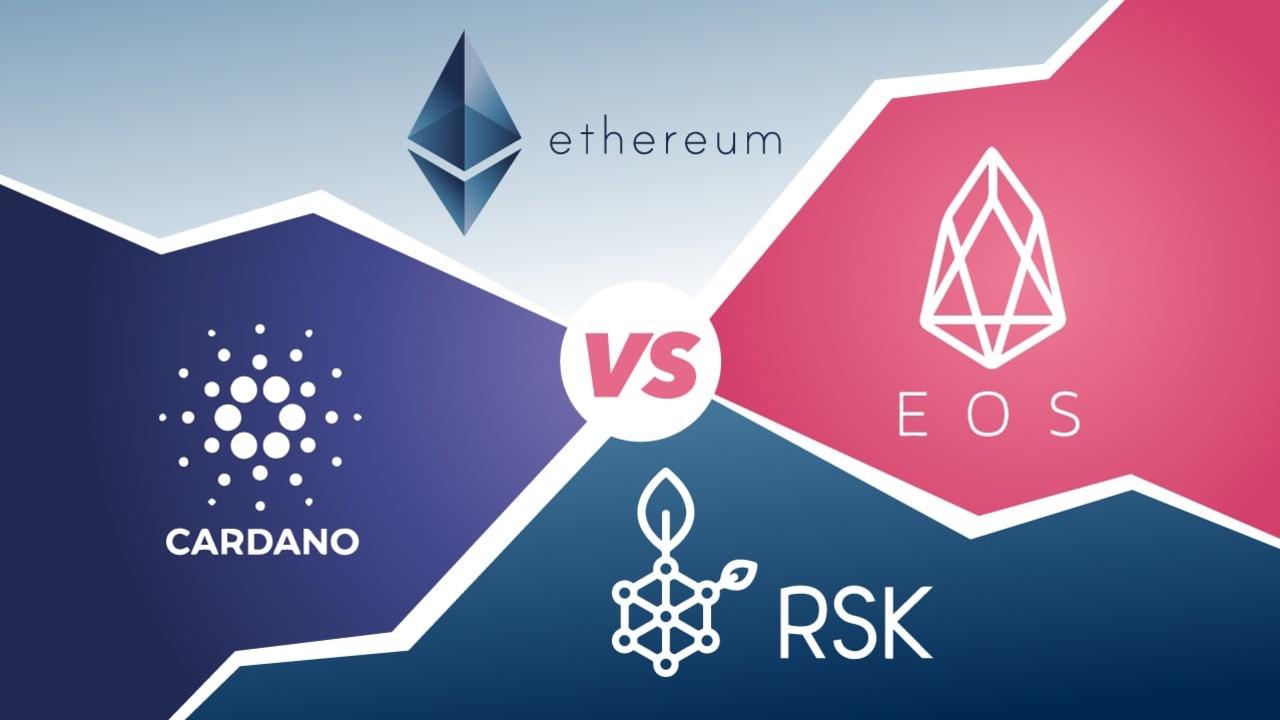
Smart contracts are some of the most fascinating and important inventions at blockchain developers’ disposal. Essentially, smart contracts allow programmers to develop self-executing code that can be used in several fields such as decentralized finance (DeFi). This technology has the potential to save a huge amount of money for businesses and organizations all over the globe. As this technology has vast potential, several smart contract platforms compete in order to offer developers the best tools.
Many different platforms allow developers to utilize smart contracts. However, in this article, we are going to take a closer look at four main smart contract platforms.
Some of the largest smart contract platforms out there are EOS, Ethereum, RSK and Cardano. Seeing as such, we will take a look at the smart contract platform struggle of EOS vs Ethereum vs RSK vs Cardano. However, before discussing the differences and benefits of each platform, it is important that you have a basic understanding of what smart contracts are, how they work, and how they can benefit the programming industry. Smart contracts are at the very core of the emerging DeFi field, and – as always – Ivan on Tech Academy is your go-to place for world-class blockchain and cryptocurrency courses.
What are Smart Contracts?
The functionality and purpose of a smart contract is the same as that of a traditional legal contract, or agreement. However, the difference between a regular contract and a smart contract is the fact that the latter is self-executing.

These contracts are “smart” in the sense that no one needs to enforce the terms and agreement of the contracts. Instead, the contract includes the terms and agreement between the two parties in the code. The code itself will then act as the enforcer of the contract where it will execute once the conditions written in the code are met. Since smart contracts can automate actions such as transactions this tech can save businesses a vast amount of money.
Furthermore, having no middleman means that actors such as lawyers or law firms become obsolete. Instead, lines of code can replace them, making business cheaper. However, for the functionality of a smart contract to be useful, the output and input are of a digital nature. Consequently, if the dealings are completely digital, then the contract can be fully automated.
When do we use Smart Contracts?
There is not an industry in the world that will not be able to benefit from smart contracts. We can, for example, store information such as records using this technology, meaning that the healthcare industry in particular can benefit from smart contracts.
Another sector where smart contracts are already in use is the financial market. Smart contracts can, for example, help automate transactions and approval workflows which are time-consuming processes. By minimizing work-hours, the industry can save millions and millions of dollars in labor costs.
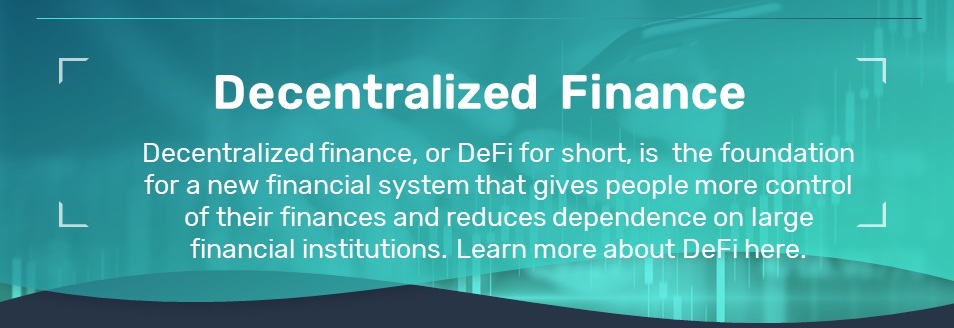
Blockchain, decentralized applications, and smart contracts are already revolutionizing the financial industry where we are seeing rapid growth in DeFi platforms. The DeFi industry consists of countless protocols and projects which illustrate the potential of smart contracts. These platforms range from lending and borrowing platforms to decentralized insurance providers. And all these solutions are possible due to blockchain technology and smart contracts. The DeFi industry has been growing at an exponential rate, where the market cap was $675 million at the beginning of 2020, and has now reached a level of almost $15 billion. This rapid growth shows the potential of not only blockchain technology but also smart contracts.
Smart Contracts on EOS
The first of the four smart contract platforms that we are going to take a closer look at is EOS. Brendan Blumer and Daniel Larimer are the leaders of block.one, the organization behind EOSIO, which is the open-source blockchain software supporting EOS.
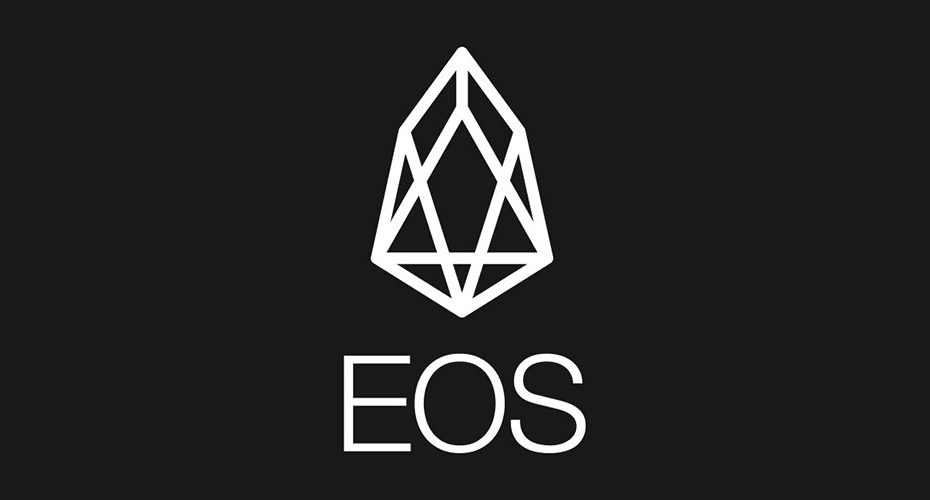
EOS is a blockchain platform that allows users to develop and create decentralized applications (dApps). EOS consists of two parts: the EOS tokens and EOS.IO. We can describe EOS.IO as the operating system that controls and regulates the EOS blockchain network, while EOS simply is the cryptocurrency token of the network.
However, the token plays an important role in the EOS network, in that it allows developers to use the network’s resources. Holding the EOS tokens makes developers eligible to build and run dApps on the EOS network. The tokens do also allow the holders of the tokens to rent out their bandwidth to other users. However, this is only possible if they are not running any apps on the network.
What Does EOS Bring to the Table?
As there are several different platforms out there that offer somewhat similar services, such as the ones presented in this article, there needs to be some points of differentiation. Comparing EOS to, for example, Ethereum, the EOS system exceeds the capabilities of Ethereum in some ways. Ethereum was developed and designed in a way where the system can only manage 15-20 transactions per second. EOS, on the other hand, was designed to meet the need for large-scale decentralized applications. This means that the EOS system aims to specialize in scalability, speed, and flexibility. A lack of these attributes can become somewhat of a bottleneck on other blockchain networks, and requires special solutions in order to properly scale.
The EOS system can achieve this level of scalability and flexibility by having parallel execution and an asynchronous methodology for communication in the network. Along with this, the system also separates several modules from each other – such as the authentication and execution process to achieve higher efficiency.
Developing Smart Contracts on EOS
The EOS system utilizes WebAssembly (WASM) to create smart contacts. WASM is not actually a programming language but it allows developers to write code, in any language he/she wishes to, and then compile it into a byte-code which can run on any browser with support.
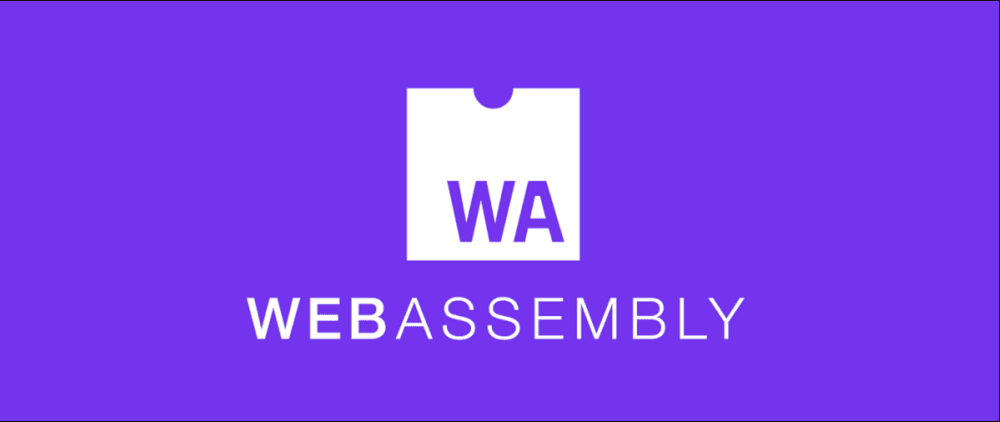
There are several reasons that EOS has chosen to use WASM for the development of smart contracts. One of the reasons is that the WASM system allows for speed and efficiency. The increase in efficiency and speed is possible through the design of the stack machine that encodes in a binary format. This encodement allows the size and load-time to be efficient.
Along with how the WASM system allows for great speed, it is also user-friendly in that it uses something called “Pretty Print”. This design feature makes it easier to debug, test, optimize a program, and code it in the first place.
Smart Contracts on Ethereum
Ethereum is the second platform that we are going to take a closer look at, and it is the oldest of the major smart contract platforms in the world. The creator of the platform is the well-known Vitalik Buterin and he proposed Ethereum back in 2013, and launched it in 2015. The platform has one of the most vibrant communities in the crypto industry and has become one of the biggest blockchain platforms.

Vitalik Buterin
The Ethereum network is a decentralized, open-source platform that allows for the development of dApps and the utilization of the blockchain. This means that the Ethereum platform is for more than just payments, it is also a market for games, applications, and other financial services. Hopefully, you have already read some of our blog posts diving into Ethereum, or how to make a passive income with Ethereum.
The applications on the Ethereum blockchain run on cryptographic tokens that are known as Ether (ETH). Ether is an important part of the system since it allows people to either trade the tokens as currency or is to use the currency as fuel for running applications and monetizing work. Many times, however, the Ether token is just referred to as “Ethereum” as well, for simplicity’s sake.
What Does Ethereum Bring to the Table?
Just like EOS, Ethereum has points of difference that allows them to hold a huge space in the market. The initial reason that Vitalik developed Ethereum was that he saw the potential to use blockchain technology for more than just a payment system, like Bitcoin was mostly seen back in 2013.
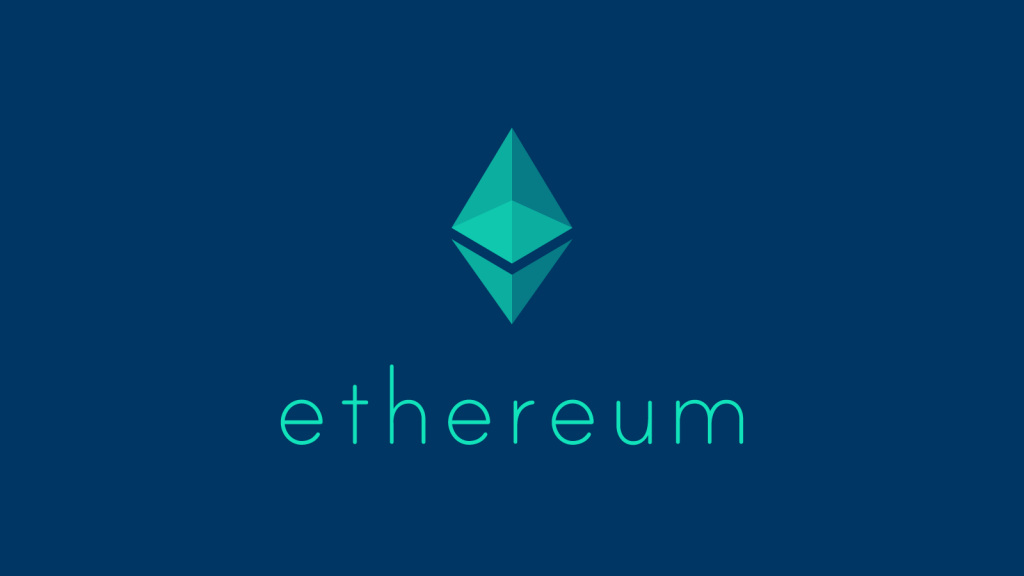
The idea or vision behind Ethereum was that the system would act as a supercomputer that could lend computing power to the users and developers of dApps. The idea of this “supercomputer” is called the Ethereum Virtual Machine (EVM) and everyone in the network agrees on the state of the computer. Members of the system can then use this virtual machine to perform computations by sending a request.
Anyone can use the Ethereum network to, e.g., deploy a smart contract. All that is needed is the knowledge on how to code these contracts and then enough ETH as payment.
Developing Smart Contracts on Ethereum
To understand how smart contracts work on Ethereum we must first grasp the concept of gas, since this is an essential part of the Ethereum platform.
For smart contracts to function on Ethereum, the user needs to have funds available. The reason for this is that every action that a contract executes requires gas. Gas is used in the Ethereum system to measure the amount of computing power that is required to execute an operation.
Gas has this name since it actually functions in a pretty similar way to gasoline. Your program is almost like a vehicle. As such, for the vehicle to function, some kind of propellant is necessary and in this case, it is gas. So, for the program to move forward, we need to constantly give the program the necessary fuel.
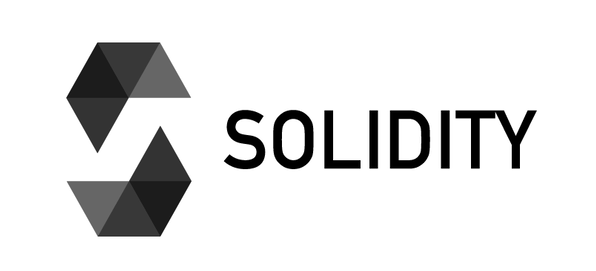
The smart contracts running on Ethereum are written in Solidity, which is a programming language. Solidity is objective-oriented and it is great for implementing smart contracts. Smart contracts govern the accounts on the Ethereum network. However, the contracts can also be used to create functions such as voting, blind auctions, and multi-signature wallets. Furthermore, Ethereum recommends that the latest version of Solidity is used when creating smart contracts since the language is constantly updated.
Smart Contracts on Rootstock (RSK)
The third of the smart contract platforms that we are taking a closer look at is Rootstock (RSK). This platform is connected to the Bitcoin blockchain through something known as a sidechain. A sidechain is a separate blockchain that is connected to a parent blockchain – which, in this case, is Bitcoin’s. The solution for this is called a two-way peg, and it enables interchangeability of assets between a sidechain and a parent blockchain.
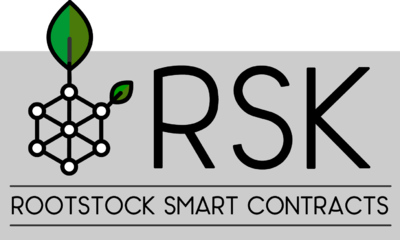
The idea behind Rootstock, or RSK, was to develop a platform that had the same functionality as Ethereum applications but using the Bitcoin cryptocurrency as a basis. This means that RSK essentially provides the Bitcoin blockchain with smart contract functionality.
What Does RSK Bring to the Table?
Bitcoin is without a doubt the most well-known cryptocurrency and has proven to stand the test of time (at least according to crypto timescales). Since Bitcoin has been around for a long time, people trust this currency. RSK, therefore, wanted to provide users with the benefits of the Bitcoin blockchain, in combination with allowing the development of smart contracts.
The sidechain idea is a great solution for bringing more functionalities to Bitcoin. To be able to develop on RSK, a user needs to lock up their Bitcoins (BTC). Once this is done the user will receive the same amount of RBTC (the tokens on RSK). RBTC is the native tokens of RSK and they can not be pre-minted or mined and the reason for this is to avoid inflation and price fluctuation. Since there is no inflation, it means that the value of RBTC is pegged to the value of BTC. This ultimately means that the value of one RBTC is equal to the value of one BTC.
Developing Smart Contracts on RSK
The RSK virtual machine is where contracts written on RKS are executed. One of the benefits of RSK is that the platform allows the execution of Ethereum contracts. This results in the ability to run Ethereum dApps, with the security of the Bitcoin blockchain.
Since RSK allows for the use of Ethereum smart contracts, it means that RSK does not require its own programming language. As a result, it allows users to develop contracts using the Solidity language, which is advantageous for creating smart contracts.
Smart Contracts on Cardano
And lastly, we are going to make somewhat of a more in-depth analysis of the final of the smart contract platforms, Cardano. Cardano is a platform that utilizes proof-of-stake and provides sustainability and security to dApps, society, and systems.
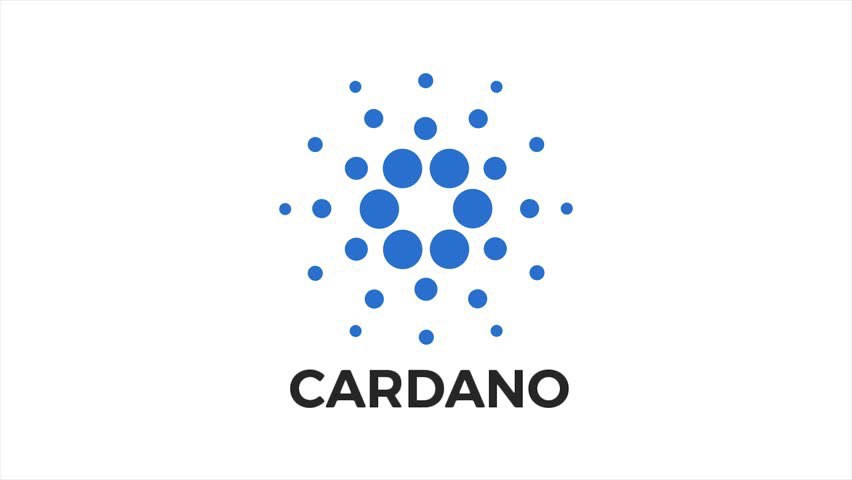
One of the main focuses of Cardano is security and the team behind Cardano sees this as a requirement for creating applications on blockchain. Before implementing protocols and new integrations on the platform they carefully research and challenge them. They call this evidence-based development, which provides a high level of assurance for the users.
What Does Cardano Bring to the Table?
Cardano is the first blockchain platform that is created based on peer-reviewed research and developed using evidence-based methods. Using this evidence-based method allows the platform to adapt to new technologies and requirements on the market.
Cardano is also great for scaling up programs, and does not require exponentially higher energy consumption when creating new blocks like some other blockchain solutions. This is possible since Cardano uses several different technical solutions such as multi-ledgers, sidechains, and multi-party state channels.
Developing Smart Contracts on Cardano
Cardano uses two different languages: Haskell and Plutus, each of them have its own area of use. The platform is built upon Haskell meanwhile Plutus is the language that developers use when creating smart contracts.

Both of these languages are functional with means that functions are used to solve problems. Programs written using a functional language will therefore be developed by composing and applying functions.
Functional programming is also declarative instead of imperative. To exemplify this, languages that are imperative are C, C++, and Java, meanwhile declarative languages are SQL and HTML.
Imperative and declarative are programming paradigms that describe the way code is structured and organized. Imperative languages, for example, are more descriptive on how you do something meanwhile declarative is focused on what you do. This means that declarative language explains the logic of a computation without describing the control flow.
There are several different advantages and disadvantages to each paradigm. One example is that imperative is generally seen as easier to read, but brings a higher risk of errors when editing. This declarative alternative, on the other hand, is shorter and arguably more efficient but often harder for external actors to understand.
EOS vs Ethereum vs RSK vs Cardano Summary
It is clear to see that all four of the smart contract platforms we’ve gone through offer their own unique benefits. If one looks at the crypto sector and smart contract industry rationally, this variation is undoubtedly good. Competition spurs on innovation, and these competing smart contract alternatives will keep each other on their toes. In the end, it will be interesting to see which ones in the “EOS vs Ethereum vs RSK vs Cardano” struggle that come out on top.
If you are interested in learning more about smart contracts, blockchain programming or the world of crypto in general, feel free to tune in to the number one blockchain education platform Ivan on Tech Academy where you can apply for a great selection of blockchain courses. Best of all, if you enroll using the promo code BLOG20, you can get 20% off!
